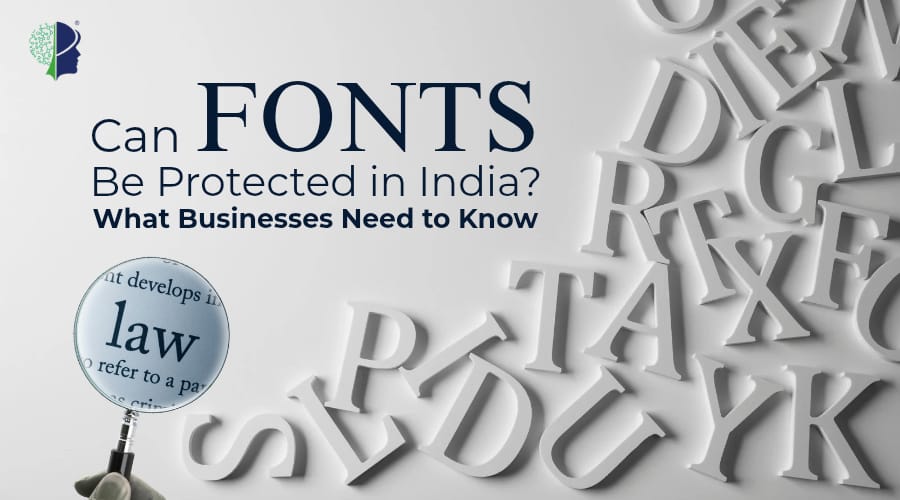Introduction
Brands invest a lot in their identity to market themselves to potential clients and make themselves distinct and unique. That investment also includes careful deliberation of each and every element of its logo, including the font chosen for the logo. Fonts are a crucial part of providing a distinct look and identity to the logo of the brand. From Coco-Cola’s cursive font to Google’s minimalist sans serif, or the famous papyrus script used in James Cameron’s Avatar, fonts and typefaces are not just functional but also serve the purpose of being a branding device.
Indian IP law has limited clarity on the protection of fonts and typefaces. This leaves businesses and designers unsure about how best to safeguard custom typography.
Protection under Copyright Law
The Copyright Act, 1957 protects artistic works such as drawings, paintings and engravings. In theory, fonts might seem to qualify. In practice, they do not.
In the case of Re Anand Expanded Italics (2002), the Copyright Board, , held that fonts and typefaces are not copyrightable.
Copyright law follows the principle that a work cannot be protected if its artistic expression is inseparable from its utility. What this essentially means is that copyright law protects artistic expression, but if that artistic expression is intertwined with the useful or functional purpose that it cannot be separated, it cannot be protected under copyright law. For example, if one designs a new chair, and the artistic element of the chair that makes it look elegant or sleek is also the same element that makes it work as a chair, the functional design, then copyright law will not protect it. However, if one draws on the chair as a decorative element that does not affect how the chair works, then that decorative element can still be copyright protected.
In the same way since aesthetic elements of fonts and typefaces cannot be separated from its functional aspects therefore fonts cannot avail copyright protection.
However, this does not mean that companies do not have any avenue for protection of their unique and custom made typography under Indian IP laws.
Protection under Trademark Law
While fonts themselves cannot be trademarked, companies protect them by registering logos and wordmarks in a distinctive style.
The Trade Marks Act, 1999 allows for registration of word marks, logos, and even unconventional marks such as shapes, colours and the combinations of these elements. So, when a typeface or font style is applied to a brand name or logo, it becomes part of the overall trade dress or brand identity. For example, the distinctive cursive script in the Coco-Cola logo is protected, not because the font is trademark, but because the stylised logo as a whole is a registered trademark.
The Coca-Cola script is protected not because the font is a trademark, but because the stylised logo is registered. In a similar way, Disney’s cursive lettering or Barbie’s bold typeface are protected as stylised trademarks that include the typeface as part of the logo.
Using stylized trademarks helps ensure stronger brand visibility. Since consumers often recognize brands through logos, colours, and fonts, registering a distinctive logo as a trademark becomes a practical and beneficial step for any business.
Conclusion
Fonts and typefaces are at the intersection of art, technology, and commerce
They are potential brand assets. While Indian law does not protect typefaces directly, companies can safeguard them through logos and stylised trademarks.
Practical tips for businesses:
- If you use a distinctive font in your logo, register the logo as a stylised trademark.
- Combine typography with other unique elements such as colours or shapes to strengthen protection.
- Keep clear records of design development in case you need to prove originality.
- Consider licensing terms carefully if you use third-party fonts to avoid infringement claims.



